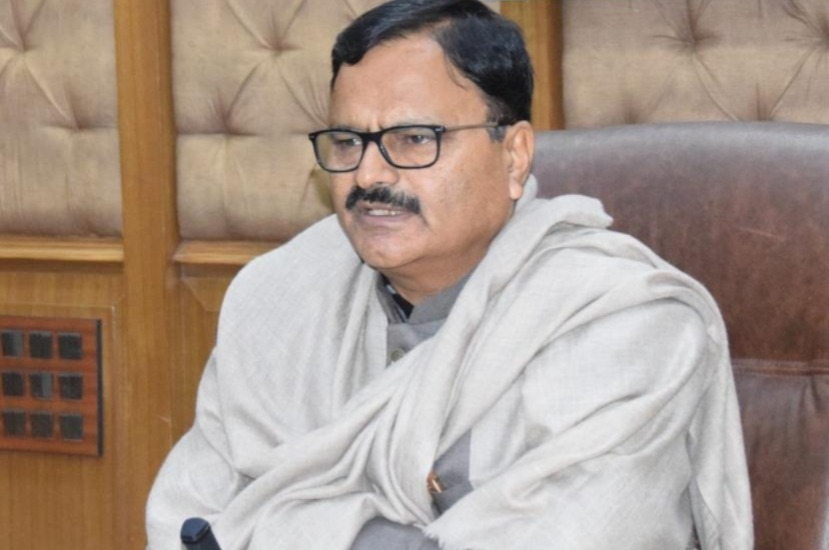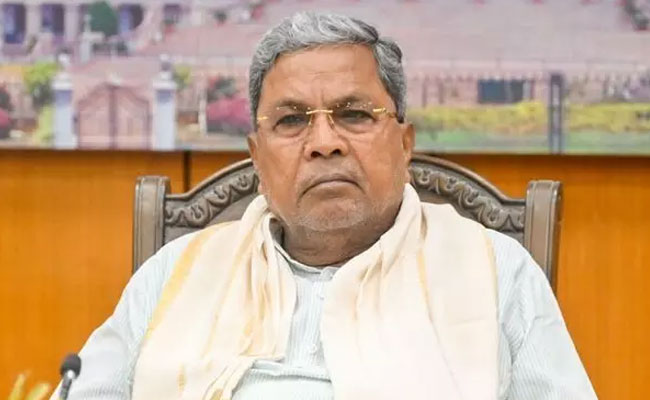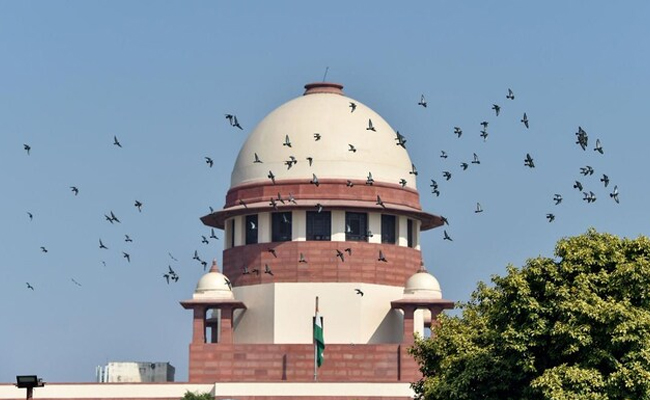New Delhi, April 7: Nepalese Prime Minister K.P. Sharma Oli on Saturday said he has come to India "with a mission" to take bilateral ties to newer heights "commensurate with the realities of the 21st Century".
In a joint address with Prime Minister Narendra Modi, he said his country always accorded "great importance" to its ties with India as the two neighbours have many "things to offer each other".
"Inter-dependence takes many forms between our countries. Relations between neighbours are different than others. They rest on principles of equality and justice.
"I have come to India with a mission to enhance our relations to newer heights commensurate with the realities of the 21st Century. We want to create a model relationship. A relationship that is cherished forever," Oli said.
He asserted that the future of the ties between India and Nepal lied "in the expansion of the economic facility and improving investments".
"Agriculture is one of the areas where India has made significant progress and Nepal could learn from it. The (other) key areas of development are connectivity, railways and agriculture," he said after delegation-level talks between the two sides.
He said his country had completed "a very crucial transition phase after three tiers of elections (and) during this transitional juncture, we need support and cooperation of our friends".
Oli renewed his invitation to Modi to pay a visit to Nepal at the earliest.
Oli is on a three-day visit to India -- his first foreign trip after taking charge as Nepal Prime Minister for the second time in February. The visit keeps up with the tradition of India-Nepal ties under which the prime minister always makes the first visit to India.
However, the trip comes amid a hitch in bilateral ties after Oli had to step down as Nepal Prime Minister in 2016 following a blockade on the India-Nepal border. Many in the Himalayan nation blame India for the blockade that crippled the economy of the landlocked country.
The ties were further strained after Nepal decided to join China's One Belt One Road amid India's concerns that the Chinese initiative would harm its strategic and economic interests. Nepal has also signed a host of trade and transit pacts with China.
Oli is also scheduled to visit the G.B. Pant University of Agriculture and Technology and the Breeder Seed Production Centre and an integrated farming project in Uttarakhand.
Let the Truth be known. If you read VB and like VB, please be a VB Supporter and Help us deliver the Truth to one and all.
Bengaluru: Karnataka, India’s leading producer of silk, is witnessing a sharp decline in raw silk output this year, as pest outbreaks and rising input costs drive sericulture farmers to shift away from the crop in favour of fruits, vegetables, and flowers.
The Central Silk Board (CSB) has projected India’s total raw silk production at 30,614 tonnes for the 2024-25 marketing year (April-December) — a significant drop from last year’s 38,913 tonnes, as reported by Deccan Herald on Sunday.
“The data is provisional and does not include estimates of raw silk produced between January and April, production may cross 38,000 to 40,000 MT,” DH quoted Kumaresan Periasamy, scientist, Central Silk Board, as saying.
Despite optimism shown by the official, ground reports from key sericulture hubs such as Sidlaghatta and Ramanagara — popular for cocoon markets and silk reeling — paint a grim picture.
“There have been many diseases that have affected the mulberry crop in the past five years. As a result, many have shifted out of the profession,” DH quoted a farmer from Sidlaghatta as saying. He noted that over the years, labour shortages, escalating costs, and recurring pest and disease outbreaks have severely impacted the viability of sericulture.
While a kilogram of the crossbreed variety of silkworm cocoons can fetch up to Rs 650, input costs have risen to Rs 500 per kg, the report added.
Many farmers who have quit sericulture have reportedly moved on to growing fruits, flowers, and vegetables.
Karnataka, which contributes around 40 percent of the nation’s silk, produced nearly 29,000 tonnes of mulberry silk alone in 2023–24. However, the state’s dominance is being challenged by a combination of factors, including stagnant cocoon prices, stiff competition from Chinese silk imports, and spiralling production costs.



